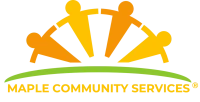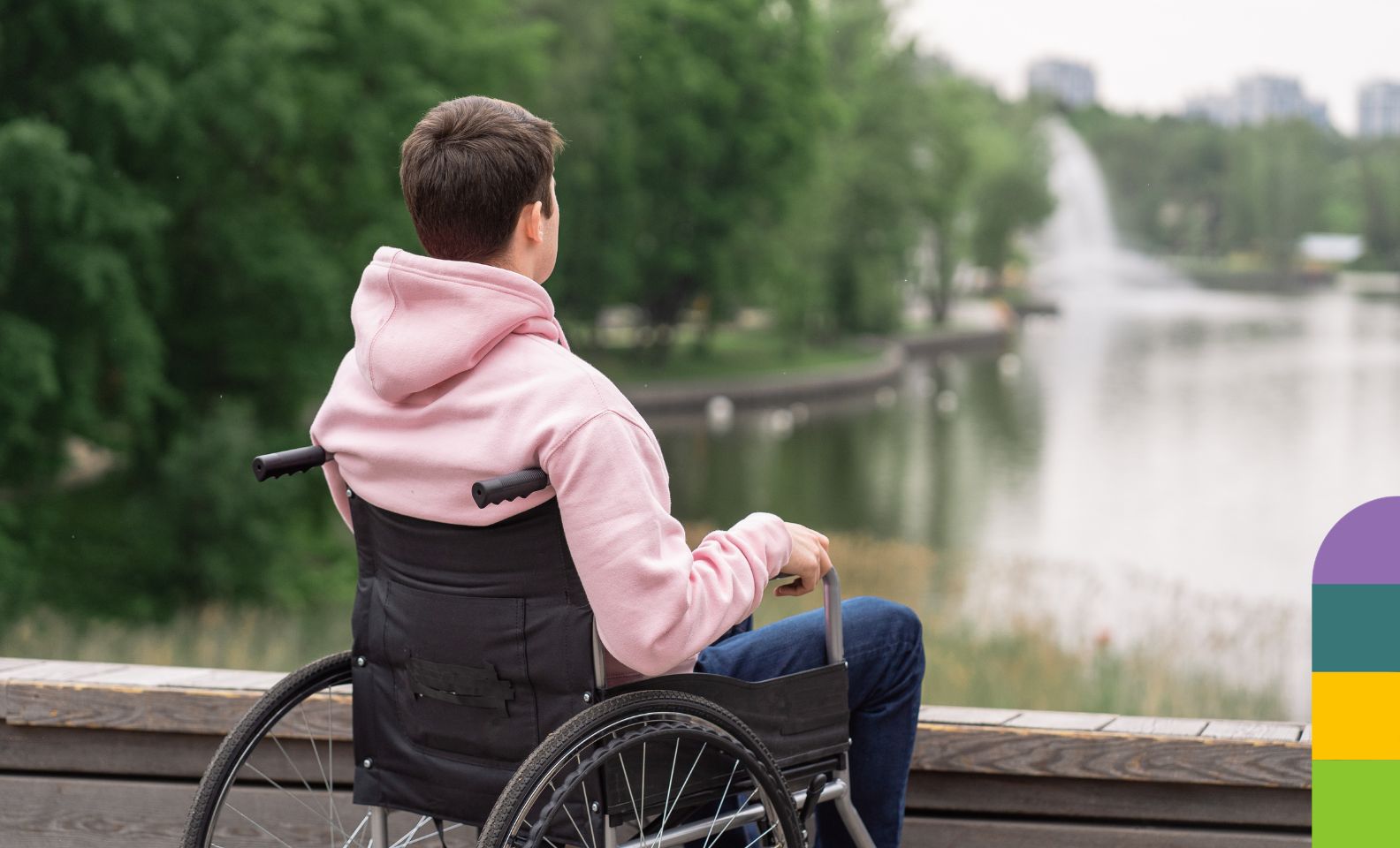PTSD and physical activity
PTSD is often characterised by intense, distressing symptoms that can severely impact daily life. Traditional treatments such as therapy and medication are well-known, but there’s a growing interest in how lifestyle choices, particularly physical activity and exercise, can play a pivotal role in our healing and recovery.
Physical activity is a great way for people living with PTSD to manage their symptoms as well as reduce feelings of stress and anxiety. If conducted effectively, mindful movements also help to release endorphins, reduce muscle tension, create social connections and increase our sense of control.
Understanding PTSD is a complex journey, and the path to managing its symptoms is not a one-size-fits-all. However, the effects of physical exercise can have a transformative effect on the mind and body, from the biological impacts on the brain to the emotional benefits of movement. Let’s explore if and how physical activity can provide a key to unlocking a more manageable life with PTSD.
Does exercise help PTSD?
Physical activity can be extremely beneficial for those living with Post-Traumatic Stress Disorder (PTSD) to help break down barriers, reduce symptoms, release endorphins and improve our overall health.
We often see a strong link between mental health and physical health – physical symptoms such as muscle tension, heightened heart rate, palpitations, trembling and pain can often be manifestations of psychological stress and trauma. When we recognise this connection we can appreciate the importance of PTSD and exercise.
Movement can act as a natural “lubricant” for the body, helping to alleviate these physical symptoms and aiding in the management of trauma, depression, anxiety, and PTSD. However, it’s crucial that we choose activities that feel safe and enjoyable. We must also integrate them cautiously as certain types of exercises or environments may trigger symptoms.
How does physical activity affect PTSD?
Although physical activity can have significant benefits for those living with PTSD, we must recognise that incorporating certain activities may have the potential to trigger PTSD symptoms. Due to its physical effects, such as increased heart rate, elevated blood pressure, and shortness of breath, exercise can resemble anxiety and PTSD symptoms.
Hyperarousal, which is a state of heightened alertness long after the traumatic event, can make someone overly sensitive to various triggers. This may lead them to avoid activities that could evoke memories of trauma. This avoidance can then increase the risk of health issues over time such as obesity, heart disease, chronic pain and diabetes.
We should also take into account that PTSD often has side effects such as depression, substance abuse, and low energy. All of which can further exacerbate the lack of motivation for physical activity. This doesn’t mean exercise and PTSD cannot coexist effectively, it is just more important than ever to be mindful when we design exercise programs for people living with PTSD.
What is the best exercise for PTSD?
The best exercise for people with PTSD will be a repetitive and gradual form of physical activity that should be introduced slowly and mindfully to avoid any triggers. Movement doesn’t have to be excessive or elevate the heart rate. Essentially, the best way to support someone with PTSD is to create a safe place, and slowly integrate simple, achievable movements that can build a range of motion and strength, as well as instil confidence.
Although there isn’t a universally best exercise for PTSD, as the effectiveness of the activity will clearly vary depending on your preferences, experiences, and specific symptoms, some forms of exercise are commonly regarded as beneficial exercise for people with PTSD:
- Yoga combines physical postures, breathing exercises, and meditation which can help to reduce stress, improve relaxation, and promote mindfulness. All of which can be particularly beneficial for managing PTSD symptoms.
- Tai chi and Qigong are gentle martial arts that involve slow, deliberate movements that cultivate relaxation and mindfulness.
- Outdoor activities such as walking and hiking can be therapeutic for people living with PTSD. The natural environment and outdoors can be calming and help us to feel more grounded.
- Team sports or group fitness classes, with the correct integration and the right setting can provide those with PTSD with social support and a sense of community.
- Strength training can help to improve our self-esteem and sense of control, which can be empowering for those managing PTSD.
How can my Support Worker help with physical activity?
If you’re considering incorporating physical activity into your daily routine, we recommend consulting with a highly trained support worker or healthcare professional. They can work closely with you to develop an appropriate and mindful exercise plan that suits your specific needs.
Maple support workers offer a wide range of support services and levels of support. We specialise in the support of Culturally and Linguistically Diverse (CALD) participants as well as those with high support needs. When you join the Maple community you have copious opportunities and avenues to find the physical activities that you love.
Maple Services takes great pride in its strategic partnerships with Athletics NSW and various local community sporting organisations, which have become a cornerstone of its commitment to fostering education and creating opportunities for the disabled community across Australia. Through these collaborations, Maple Services extends its reach beyond traditional community services, empowering individuals with disabilities through tailored physical activity programs and inclusive sports environments.
By offering a platform for education, engagement, and skill development, Maple Services’ partnerships epitomise its dedication to enhancing the lives of those it serves. This is just another reason as to why people choose Maple for their Community Services needs.




